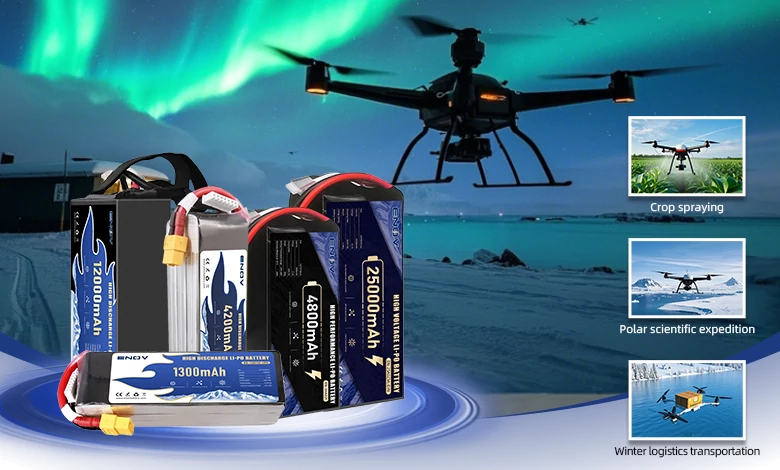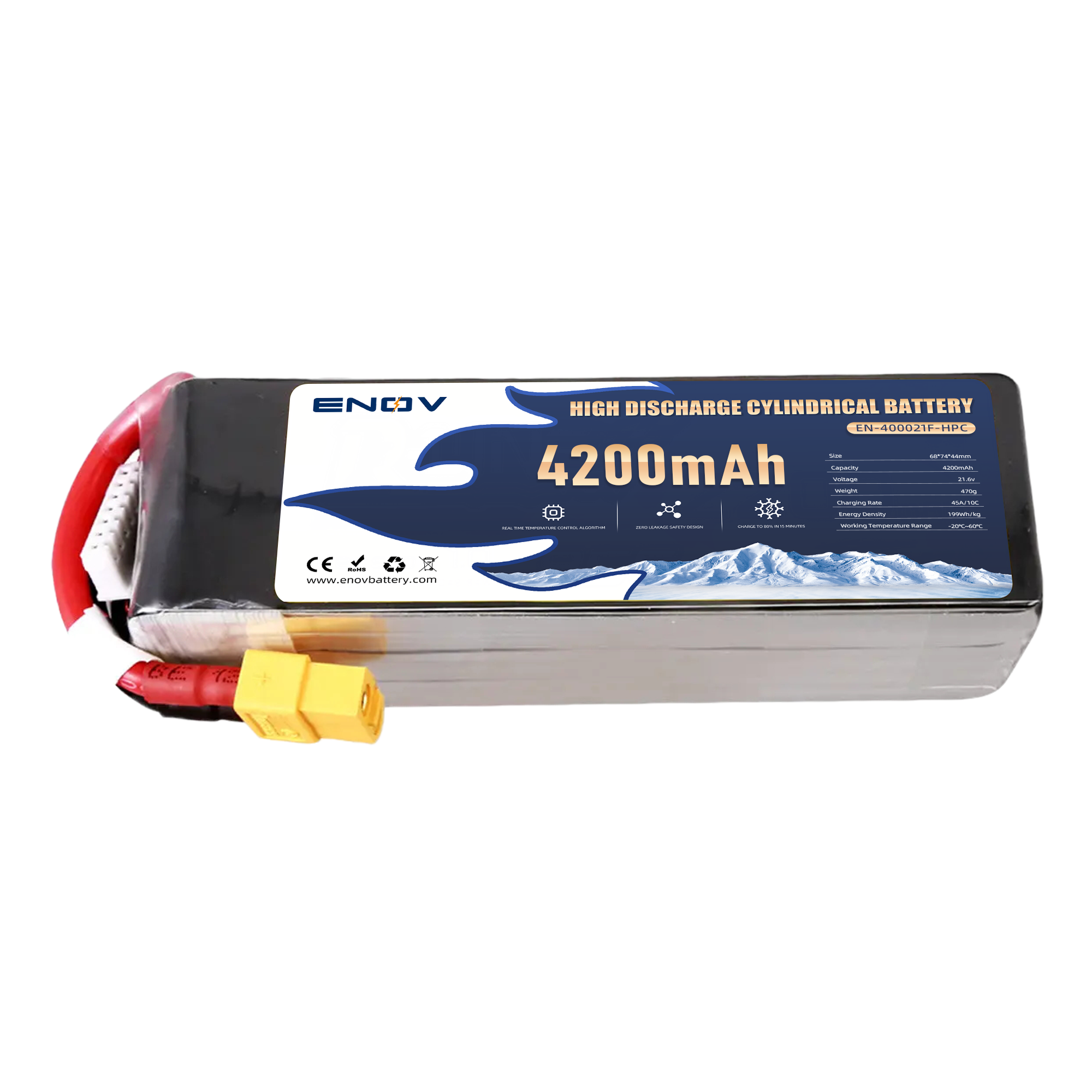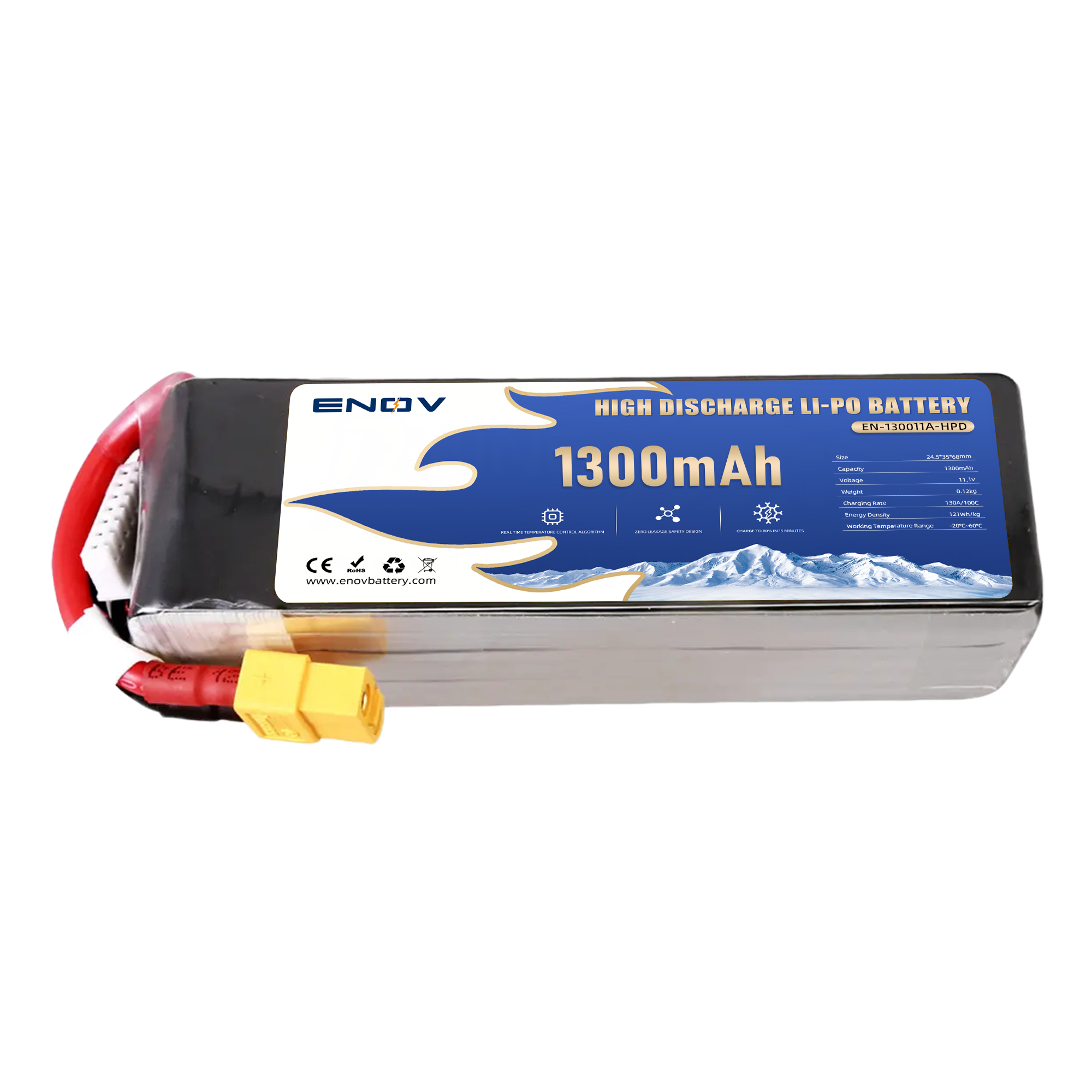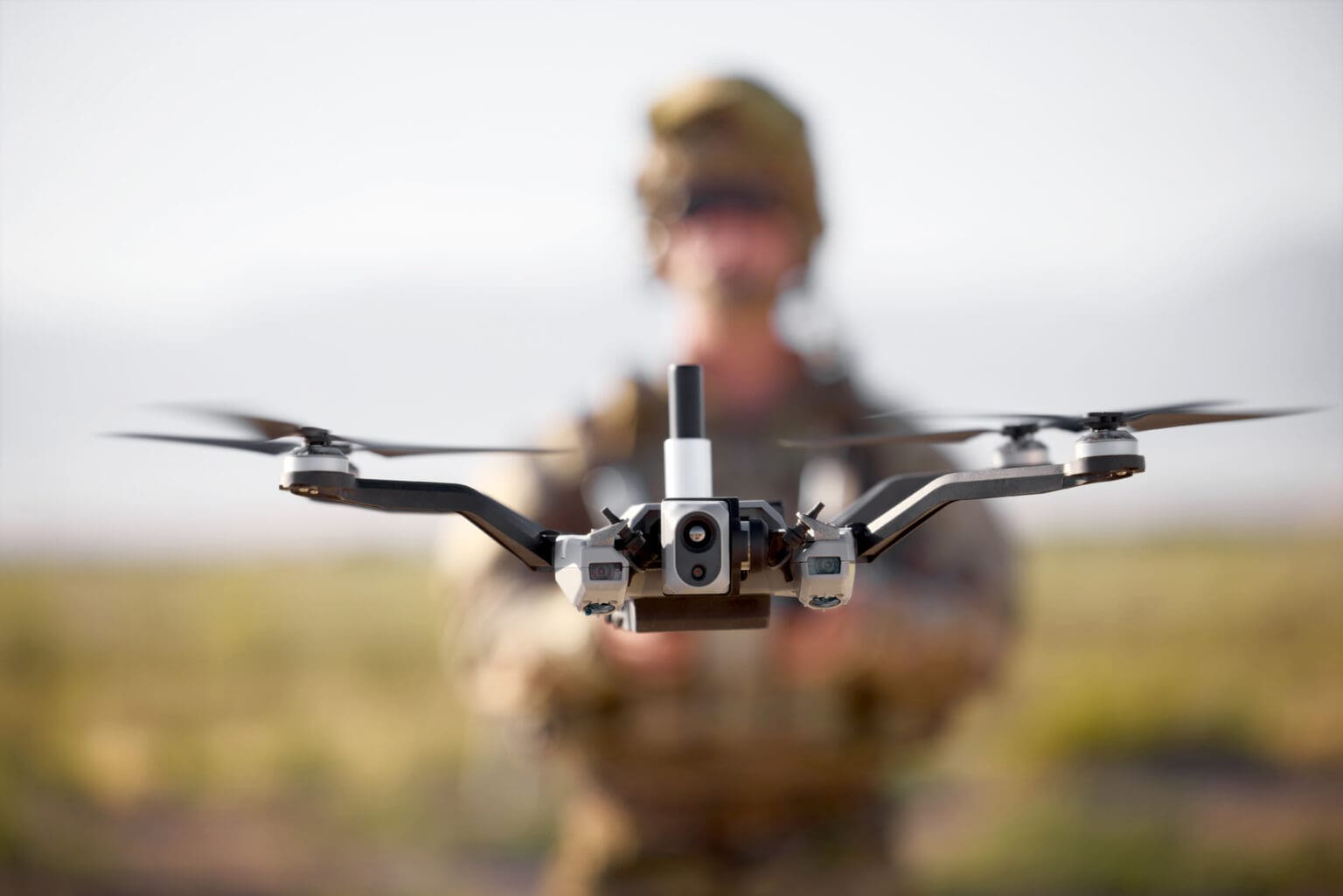Supply Chain Diversification Challenges and Strategic Solutions:
Building Resilience in Global Trade
Supply Chain Diversification Challenges and Strategic Solutions: Navigating Complexity in Global Logistics Modern businesses face unprecedented supply chain diversification challenges, from geopolitical volatility to supplier dependencies, yet strategic solutions can transform these risks into competitive advantages.
While globalized networks offer cost benefits, overreliance on single regions or vendors exposes companies to disruptions, as seen in recent tariff wars and port congestion crises. By adopting resilient diversification strategies, organizations can mitigate vulnerabilities, reduce operational costs, and align with sustainability goals.
This article examines critical hurdles in supply chain diversification and actionable approaches to build agile, future-ready logistics frameworks.
thrust
Challenge 1: Geopolitical Instability and Trade Barriers
Geopolitical tensions, such as tariff disputes and regional conflicts, remain a top threat to diversified supply chains. For instance, 54.5% of supply chain professionals rank Asia-Pacific (APAC) as high-risk due to escalating U.S.-China trade policies and regulatory shifts like the proposed de minimis shipment restrictions .
These dynamics force companies to navigate fragmented compliance standards while managing cost escalations. To counter this, leading firms deploy AI-driven scenario planning tools to simulate tariff impacts and diversify sourcing across politically stable regions like Eastern Europe or Mexico
Challenge 2: Supplier Overreliance and Capacity Constraints
Over 81% of businesses report operational impacts from supplier disruptions, with 30% facing costs exceeding $5 million per incident . Single-source dependencies amplify risks, particularly in industries like semiconductors and automotive manufacturing.
Solutions include tiered supplier networks—partnering with primary, secondary, and tertiary vendors—and leveraging digital platforms for real-time supplier performance monitoring
. For example, Amazon’s multi-vendor logistics model reduces delivery delays by 40% through automated supplier scorecards
Challenge 3: Cost and Complexity in Multi-Sourcing
While diversification enhances resilience, it often increases logistics expenses and administrative burdens. Companies report a 20% rise in operational costs when managing suppliers across 10+ countries.
Strategic cost balancing involves adopting hybrid models: nearshoring for critical components and offshore sourcing for commoditized items. Blockchain-enabled smart contracts further streamline payments and reduce cross-border transaction fees by 15-20%
Challenge 4: Technology Integration Gaps
Less than 35% of mid-sized firms have fully integrated AI or IoT into their supply chains, hindering real-time diversification decisions.
Bridging this gap requires investing in unified platforms that sync ERP, CRM, and supplier databases. Automotive giants like Hyundai use digital twins to test supplier scenarios, cutting lead times by 25% and minimizing rollout risks
Strategic Solutions for Sustainable Diversification
1. Supplier Ecosystem Collaboration: Develop partnerships with local and global vendors to share risk mitigation resources, such as co-investing in regional warehouses
2. AI-Powered Risk Analytics: Deploy machine learning tools to predict supplier financial health and geopolitical risks, as demonstrated by RapidRatings’ $10M+ cost-saving models
3. Circular Supply Chains: Align diversification with ESG goals by sourcing recycled materials and renewable energy-powered suppliers, mirroring Kering’s biodiversity restoration initiatives
4. Agile Procurement Frameworks: Implement dynamic sourcing protocols, such as bulk purchasing during price dips and just-in-case inventory buffers
Conclusion
Supply chain diversification is no longer optional but a strategic imperative in an era of volatility. By addressing geopolitical, operational, and technological challenges through collaborative partnerships and data-driven tools, businesses can achieve resilience without sacrificing profitability.
As AI and blockchain redefine global logistics, proactive diversification will separate industry leaders from laggards—ensuring agility in crisis and sustainability in growth.

UAV DRONE battery
Enov UAV battery has the most advanced UAV battery new technology, it has a lightweight structural design, ultra-high energy density, stable continuous discharge, customized ultra-high instantaneous discharge, wide temperature working range, stable charge and discharge, battery materials can choose high nickel terpolymer positive/silicon carbon negative material system combined with semi-solid battery technology. Or choose a more mature application of more UAV lithium battery technology, available UAV battery nominal voltage 3.7V, capacity 18.0Ah ~ 30.0Ah, support 10C continuous discharge and 120C pulse discharge (3 seconds). With ultra-high energy density (220-300Wh/kg) as its core advantage, Enov UAV batteries can meet the needs of long-term endurance scenarios such as plant protection drones and transport drones, while maintaining stable emission performance in extremely low temperature environments (-40℃).
Other products
START-STOP LITHIUM BATTERY
LITHIUM ENERGY STORAGE BATTERY
QUICK INQUIRY
FAQ
Access to high frequency technical questions with one click, get accurate answers on product application, after-sales policy and customization process.
Service and Support
Get the latest product specifications, explore professional OEM/ODM customization services, click to open exclusive technical support and production solutions.
Become a Partner
We sincerely invite resources to interconnect, work together for win-win development, and immediately open a new chapter of strategic cooperation!










